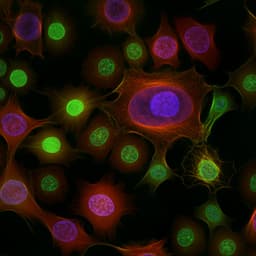
Physics
Observation of Weyl fermions in a magnetic non-centrosymmetric crystal
D. S. Sanchez, G. Chang, et al.
This groundbreaking study by Daniel S. Sanchez and colleagues unveils the observation of remarkable topological properties in the non-centrosymmetric spin-orbit magnet PrAlGe, revealing topological Fermi arcs and Weyl fermions, paving the way for novel insights into Weyl semimetal phases.
~3 min • Beginner • English
Related Publications
Explore these studies to deepen your understanding of the subject.







